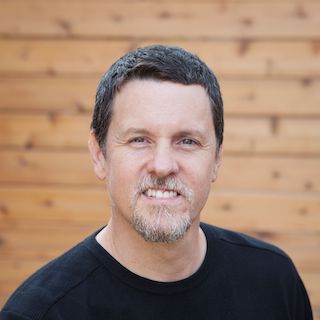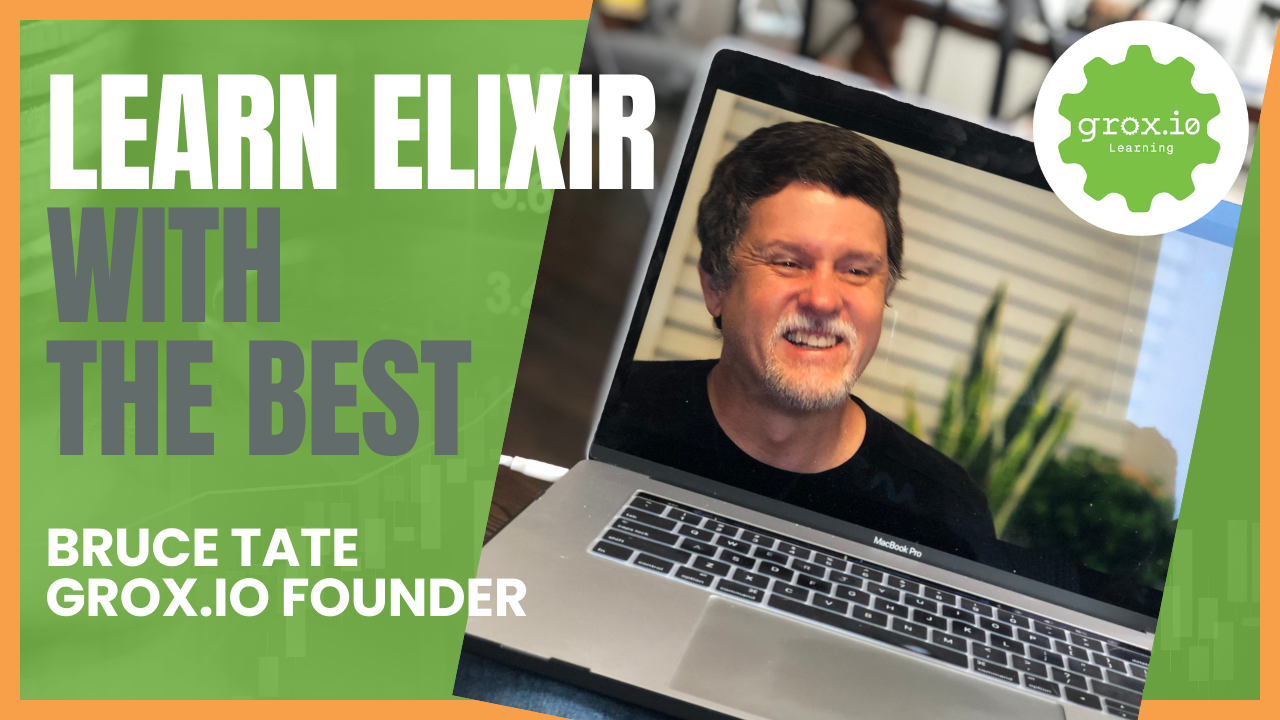OTP
Welcome to our Elixir OTP course! In this program, you will dive into Elixir’s powerful OTP (Open Telecom Platform) framework. Through practical exercises, you’ll learn the core concepts of OTP, including concurrency models, fault-tolerance, and supervision trees. With a focus on practical application, this course empowers you to build scalable, fault-tolerant, and highly concurrent applications. Whether you’re a beginner or an experienced programmer, join us to unlock the full potential of Elixir’s OTP framework and create elegant, reliable, and efficient applications.

Bruce Tate
Course Details
Elixir has near legendary status as a reliable language because of the OTP library. OTP is the heart and soul of Elixir’s concurrency and reliability. This is the core feature that gets employers excited, and learning it will make you a much more valuable programmer.
OTP has a reputation for being tough to learn by some, but this course will help you find the break through you are looking for by going beyond the basic library to present the core abstractions, bit by bit. Then, it shows you how to design your code in layers, the way experts do.
What You Get
Course Contents
OTP Basics
OTP Abstractions
OTP Basic Supervision
OTP Advanced Supervision
OTP Design Concepts
OTP Tasks and Agents
OTP Project

Regular price $175.00